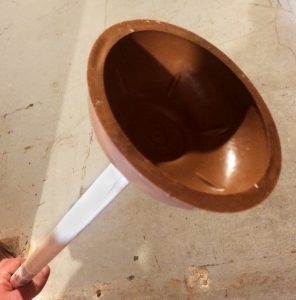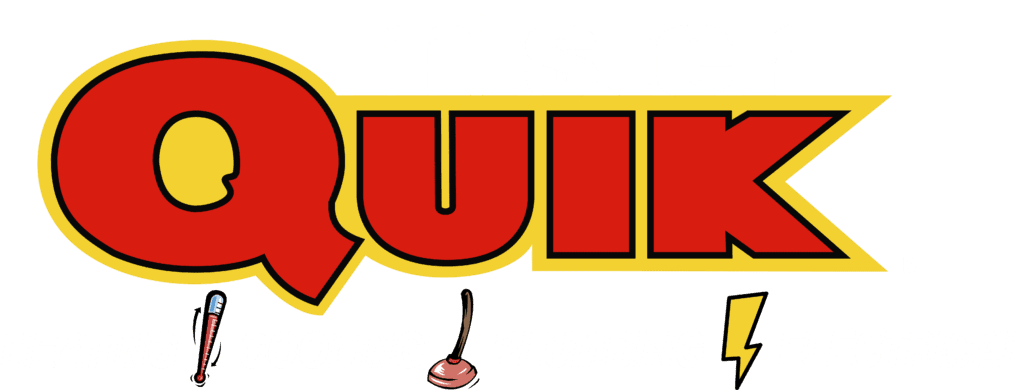There are numerous brands and plunger types out there. Did you know that there is a better plunger to use for one clog vs. another? In this article, we’ll go over three types of plungers that our plumbing technicians commonly see customers using, their benefits, and which type of clog they are best suited to clear.
#1 The Surface Plunger

- Able to Use on: sinks, bathtubs, floors, and patios
- Key Feature: a flat working surface at the bottom end
- Advantage: gives a tight seal between plunger and working surface
- Disadvantage: best used on FLAT surfaces, difficult to retain a tight seal on curved surfaces such as toilet bowls
#2 The Accordion Style Plunger
- Able to Use on: toilets, garbage disposals, and regular drain side of a kitchen sinks
- Key Feature: smaller cup size, which allows for a tighter seal within the toilet/disposal/drain and for the plunger to be submerged in water
- Advantage: creates an air-pocket. The air-pocket is KEY to unblocking the clog
- Disadvantage: with a smaller cup, this plunger can be hard to control if not fitted properly
#3 Plunger with Rubber Flap ****Our plumbers prefer this plunger*****

Able to Use on: toilets
- Key Feature: small flap paired with the larger cup size creates a tight fit to provide superior suction to clear a clog
- Advantage: easiest mold of plunger to create a tight seal while generating enough pressure with an air-pocket to clear blockage
- Disadvantage: we can’t see any here! We would recommend this type of plunger to used for most toilet clogs
If you have a stubborn clog that just will NOT leave, then be sure to call a licensed plumber. There may be an underlying issue that should be addressed by a professional. Our technicians would be happy to help you out! Schedule an appointment here.






